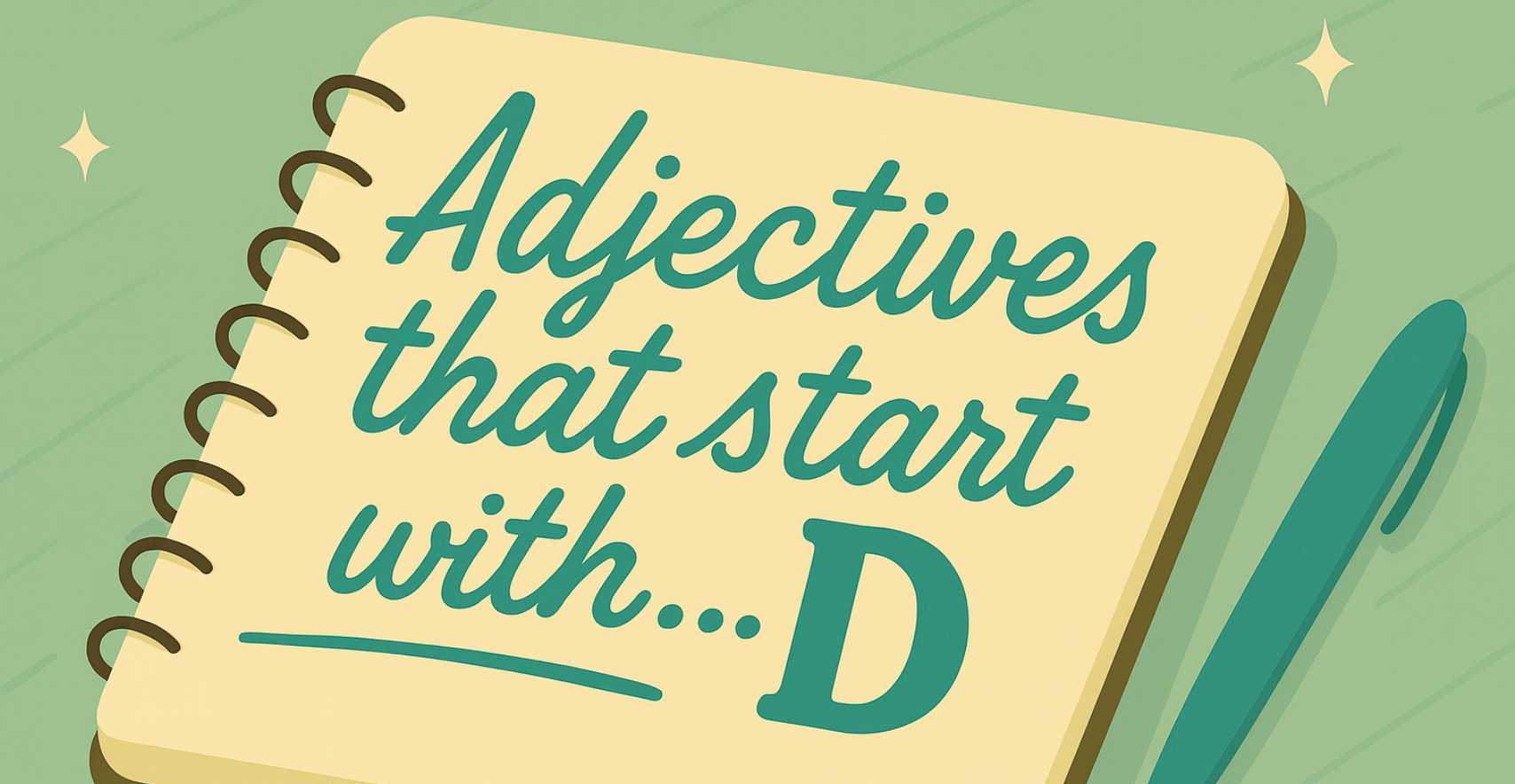Picture this: You’re watching TV, minding your own business, when suddenly—boom!—Sarah McLachlan’s Angel starts playing. Before you even see the first sad puppy’s trembling eyes, you know you’re about to cry. The ASPCA ad unfolds: slow-motion shots of shivering dogs, heartbroken kittens, and a solemn plea to “help now.” Next thing you know, you’re reaching for your wallet (and a tissue).
Why does this happen? Why do we get misty-eyed over fictional characters, tear up at a speech, or feel a lump in our throats during a movie? The answer: pathos.
What does pathos mean? Simply put, it is the art of persuasion through emotion. It’s what makes us feel joy, sorrow, anger, or inspiration when we read, watch, or listen to something. Aristotle—who basically invented persuasive strategy—identified pathos as one of the three pillars of persuasion, alongside ethos (credibility) and logos (logic). Whether it’s a heartfelt eulogy, a political speech, or an ad that guilt-trips you into donating to a cause, pathos tugs at our heartstrings and makes us feel something.
But here’s the trick—how do you use it without veering into cheesy, eye-roll territory? (Because not every speech needs a dramatic tear-drop moment.)
Pathos Definition: More Than Just Feels
So, what is it? At its core, pathos is the art of persuasion through emotion. It’s the reason a well-timed speech can inspire revolutions, a tragic novel can leave us sobbing, and a dramatic movie monologue can send chills down our spines. In short, it makes us feel—and that feeling makes us act, believe, or remember.
The term itself comes from Aristotle, the original authority on persuasion. In his work Rhetoric, he laid out the holy trinity of persuasion: ethos, pathos, logos—credibility, emotion, and logic. When do we see the pathos definition in literature? It’s when writers use emotion to connect with their audience. Think of Mark Antony’s “Friends, Romans, countrymen” speech in Julius Caesar—a masterclass in riling up a crowd with grief and outrage.
Of course, it’s not just for old-school plays and classic speeches. Modern movies, books, and even commercials thrive on it. Take The Fault in Our Stars—a novel designed to make you cry in public. Or The Pursuit of Happyness, where Will Smith’s emotional breakdown hits you right in the soul. Even Pixar has perfected the art of emotional manipulation (cue the first 10 minutes of Up).
But here’s the thing—pathos isn’t just about making people cry. It’s about stirring any strong emotion: excitement, nostalgia, even righteous anger. When done well, it can be the difference between a forgettable message and one that stays with you forever.
Ethos, Pathos, Logos: The Power Trio of Persuasion
If persuasion were a superhero team, it would have three unstoppable members: ethos, pathos, and logos. These three rhetorical strategies—coined by none other than Aristotle—work together to convince, inspire, and move audiences. Use them wisely, and you’ve got the power to influence the masses. Use them poorly, and, well… cue the dramatic overacting.
Here’s how they work:
- Ethos (Credibility): “Trust me, I know what I’m talking about.” This is all about establishing authority. A doctor giving medical advice? That’s ethos. A lawyer giving legal advice? Also ethos.
- Pathos (Emotion): The pathos definition can only be characterized as the emotional pull that makes people care. It’s why politicians tell heart-wrenching personal stories and why movies throw in a tragic backstory five minutes before a big death scene.
- Logos (Logic): Facts, stats, and cold, hard reasoning. Logos convinces the brain, while pathos tugs at the heart. (“According to studies, 9 out of 10 dentists recommend this toothpaste” = logos.)
One of the greatest pathos examples? Martin Luther King Jr.’s “I Have a Dream” speech. He blends ethos (his role as a civil rights leader), logos (the injustice of segregation, backed by history), and pathos (vivid imagery, hope, and a call to action). And it still resonates today.
But beware—overuse it, and you risk slipping into melodrama. Ever seen a movie where the music swells too dramatically, the tears are too intense, and you’re left thinking, “Okay, we get it”? That’s pathos gone rogue. Balance is key.
When Words Make Us Feel
Pathos is everywhere—books, movies, speeches, commercials—anywhere people want to stir emotions. Whether it’s making you cry, laugh, or feel a sense of injustice, pathos examples are all around us. When done well, it’s powerful. When overdone, it turns into an eye-roll-worthy melodrama (ahem, soap operas).
Literature: Tears Between the Pages
Ever read a book that left you emotionally wrecked? Classic literature is packed with pathos moments designed to pull at your heartstrings. Think of To Kill a Mockingbird—Atticus Finch’s courtroom speech isn’t just logical, it’s deeply emotional, making readers feel the injustice of racism. Or Of Mice and Men—that final moment between George and Lennie? Pure heartbreak. If you didn’t shed at least one tear, check for a pulse.
Movies: From Pixar Gut Punches to Titanic Wrecks
If Pixar has taught us anything, it’s that animated films can emotionally destroy us. The first ten minutes of Up? A masterclass in storytelling and pure, unfiltered sadness. And then there’s Titanic. Jack and Rose’s tragic love story was already emotional, but that infamous “Never let go, Jack” scene? Instant emotional overload. (Side note: There was totally room on that door.)
Ads: The Good, the Bad, and the Hilariously Manipulative
Commercials are experts at pathos. Some go straight for the tear ducts (ASPCA’s sad puppies—enough said). Others use uplifting emotional storytelling—like Nike ads that make you want to start training for the Olympics immediately. And then there are the funny ones: Super Bowl commercials often use humor as a form of emotional connection with viewers. Because sometimes, laughter is just as persuasive as tears.
Whether it’s a heartbreaking novel, a powerful speech, or a cleverly crafted ad, it makes us care—and that’s what makes it unforgettable. You may forget the exact words that were used, but you will never forget how they made you feel.
Using Pathos Like a Pro
So, you want to use pathos to captivate your audience without making them roll their eyes? Good call. When done right, emotional appeal can make your message unforgettable. But when overdone, it can feel manipulative, cringey, or straight-up exhausting. Let’s break down the do’s and don’ts.
The Sweet Spot: Emotion Without the Overkill
What does pathos mean in practice? It means making people feel something, but in a way that’s authentic. You don’t want your audience to think, Wow, that was powerful, and then immediately, Wait, was I just emotionally tricked?
The key is balance:
Balanced: A heartfelt personal story that connects to a bigger idea.
Unbalanced: A five-minute dramatic pause while staring into the distance, waiting for tears.
Tips for Writers, Marketers, and Speakers
- Writers: Use vivid imagery, relatable experiences, and real stakes. Think about the emotions your audience already has—then tap into them.
- Marketers: People buy based on emotion,and then justify with logic. Want to sell a car? Show a dad tearing up as he hands the keys to his teenager (pathos), then mention the safety features (logos).
- Speakers: Tell stories. A well-timed anecdote or personal struggle can make your speech memorable. Just don’t force it.
The Puppy Test: Are You Using Pathos Correctly?
If your emotional appeal involves a puppy, ask yourself:
- Is this relevant? (ASPCA ad? 100% yes. A law firm commercial? Probably not.)
- Is it over the top? (One sad puppy: effective. A montage of 50 sad puppies: manipulative.)
- Does it serve a purpose? (Emotion should support your message, not distract from it.)
At the end of the day, it works best when it’s genuine. Make people feel something real, and they’ll never forget your message.
The Heart of Storytelling
From literature and movies to speeches and marketing, the emotional storytelling device is everywhere. It’s the secret sauce that makes a novel unforgettable, a speech inspiring, and a commercial just manipulative enough to make you reach for your wallet. When used correctly, this isn’t just about making people cry—it’s about making them care.
So, in the end, what is pathos, really? It’s the emotional core of storytelling. Without it, speeches would be dry, movies would feel hollow, and ads would be nothing more than robotic sales pitches. Logic (logos) and credibility (ethos) matter, but emotions are what make people take action. We donate because we feel empathy. We protest because we feel outraged. We remember because we feel connected.
And let’s be honest—we live in a world that often prioritizes cold facts and hard data. But numbers alone don’t inspire change. The emotional reaction does. It’s why a single heartbreaking story can be more powerful than a statistic. It’s why a great novel can stay with you for years. It’s why a well-crafted speech can move nations.
So now, it’s your turn. Whether you’re writing, speaking, or selling an idea, go forth and make people feel something. Just, you know, maybe don’t overdo it with the sad puppies.
Want to master the art of storytelling? Check out the ways that Spines can support your writing journey from manuscript to hardcover.
Your Publishing Journey Awaits – Start NowFAQs – Pathos
Q1: Is pathos always sad?
Nope! While it is often associated with sadness (think tragic movie scenes or heartbreaking speeches), it actually covers a wide range of emotions. It can make people feel joy, nostalgia, anger, pride, or even humor. A well-placed joke or an uplifting story can be just as powerful as a tearjerker when it comes to persuasion.
Q2: What is the difference between pathos and ethos?
Pathos appeals to emotion (makes you feel), while ethos appeals to credibility (makes you trust). If a doctor tells you smoking is bad because they’re a medical expert, that’s ethos. If they share a moving story about a patient who suffered from smoking-related disease, that’s pathos. The most persuasive arguments use both.
Q3: Is a metaphor ethos, pathos, or logos?
A metaphor itself isn’t tied to one category, but it’s often used in pathos. A well-crafted metaphor can create an emotional connection, making complex ideas more relatable. Example: Saying, “Her heart was shattered into a thousand pieces” evokes pathos. If a metaphor is used to clarify logic (e.g., “The brain is a computer”), it leans more toward logos.
Q4: What is a false pathos?
False pathos is when emotional appeal is exaggerated, manipulative, or deceptive—essentially, emotional trickery. Think of political fear-mongering, fake sob stories in reality shows, or commercials that exploit sadness just to sell products (cue overly dramatic music and slow-motion puppy tears). When the rhetoric is forced or insincere, people see right through it.
Q5: Is pathos a fallacy?
Not inherently, but it can be. The appeal to emotion fallacy happens when someone relies only on emotions to persuade, without logic or facts. Example: “You must donate to my charity, or else innocent children will suffer!” If there’s no evidence of how the money helps, that’s a fallacy—emotional pressure without substance.
Q6: How do you use pathos in a speech?
To use pathos effectively in a speech:
- Tell a compelling story – Personal anecdotes or real-life examples work wonders.
- Use vivid language – Metaphors, sensory details, and powerful words create emotional impact.
- Tap into shared emotions – Find common feelings your audience relates to (hope, frustration, nostalgia).
Balance it with ethos and logos – Emotion is great, but it’s even stronger when backed by credibility and logic.








